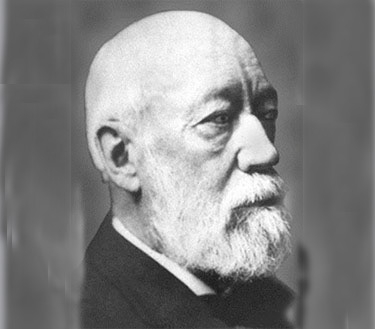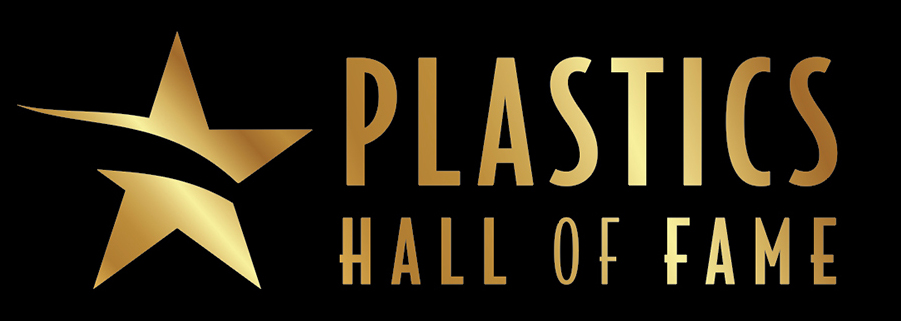Hyatt, John Wesley

John Wesley Hyatt
Celluloid Manufacturing Company
Inducted 1974
John Wesley Hyatt (1837 – 1920) was an American plastics manufacturer and the inventor of celluloid. Hyatt was born in Starkey, New York, in 1837. At sixteen, Hyatt began work as a printer in Illinois and later in Albany, New York, where billiard ball maker Phelan & Collander was offering a $10,000 reward for a suitable substitute for ivory. The growing shortage of ivory was threatening their billiard ball business. Hyatt spent several years in the search for such material.
While there is no evidence that the prize was ever awarded, Hyatt patented his invention and eventually set up his own manufacturing company, which became the Albany Billiard Ball Company. Hyatt’s first 1869 patent (U.S. patent #88,633) described a molding composition composed of fibrous materials and gum shellac or other solid fusible adhesive gum; the result was intended to imitate ivory. A second patent (U.S. patent #88,634) improved the process for making billiard balls by dipping them in a solution of colored collodion.
In his experiments with pyroxylin, partially nitrated cellulose, Hyatt discovered the solvent action of camphor on cellulose nitrate under moderate heat and pressure, creating celluloid which he and his brother Isaiah patented in 1870 as “Improvement in Treating and Molding Pyroxylin” (U.S. patent #105,338). Hyatt also developed, working with inventor Charles Burroughs, the necessary machinery for working his new material. He developed over 200 patents for material formulations, processes, and machinery in his lifetime.
One of the first uses of the new plastic material was for making denture plates. Hyatt formed the Albany Dental Plate Company in 1870. In 1872 its name was changed to the Celluloid Manufacturing Company, and in 1873, the company moved to Newark, New Jersey. Celluloid became popular for many products, including shirt collars, combs, toys, and babies’ rattles. Celluloid was also used as a substrate for photographic film and as the center layer in sandwich-type safety glass for automobile windscreens. Celluloid is still used for a limited number of products, including table tennis balls. Still, newer synthetic materials have mostly replaced it.
In 1914, Hyatt was awarded the Perkin Gold Medal by the Society of the Chemical Industry. Hyatt’s photograph has become the face of the Plastics Academy “Plastics Hall of Fame” as the individual credited for establishing the plastics industry.
Areas of Expertise:
Plastic materials, management
Related Links:
• Luth, Harold J. “A Game that Founded an Industry”, Modern
Plastics 20:11, p. 71-73, p. 126-128 (July 1943).
• Meikle, Jeffrey L. American Plastic: A Cultural History,
New Brunswick, NJ, Rutgers University Press, p. 10-30 (1995).
• John Wesley Hyatt Papers at Syracuse University Library
https://en.wikipedia.org/wiki/John_Wesley_Hyatt

